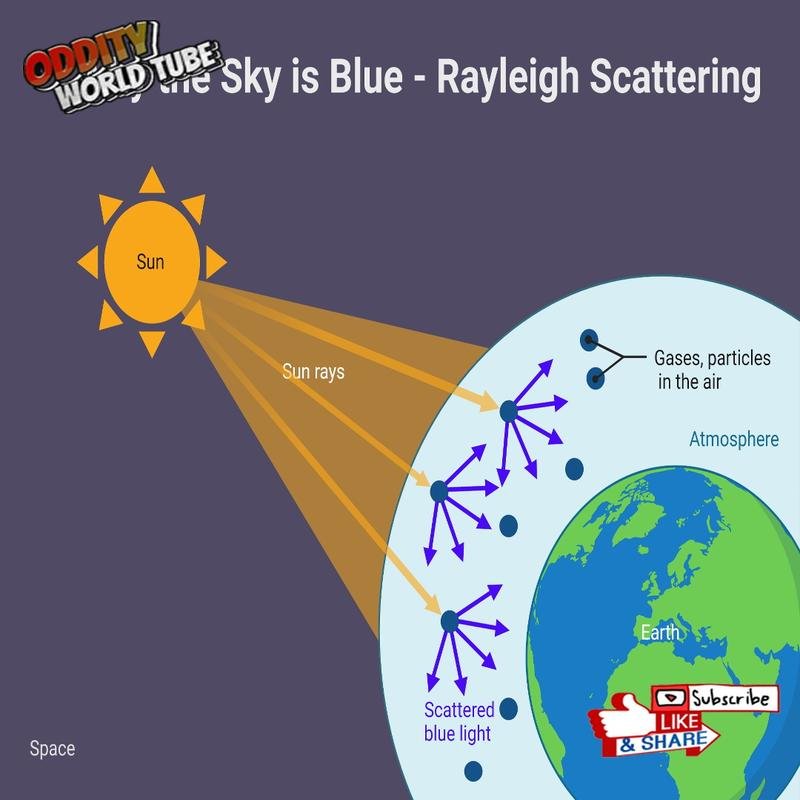Why is the sky blue? 💡A stunning scientific explanation of the phenomenon. #Science #Physics #Space

Blue Sky Science: Rayleigh Scattering Explained
The blue color of the sky, a naturally occurring phenomenon, is governed by precise physical laws. This specific color perception arises because sunlight, although appearing white, is composed of the full spectrum of colors. The predominance of blue is due to the scattering of light by atmospheric particles, primarily nitrogen and oxygen. This scattering, known as Rayleigh scattering, is more pronounced at shorter wavelengths.
Understanding Rayleigh Scattering
Rayleigh scattering explains why we see a blue sky. Sunlight, as it enters the Earth’s atmosphere, collides with tiny air molecules. These molecules are much smaller than the wavelengths of visible light. This size difference causes shorter wavelengths of light, like blue and violet, to scatter more effectively than longer wavelengths, such as red and orange.
Why Not Violet?
While violet light scatters even more than blue light, our eyes are less sensitive to violet, and the sun emits slightly less violet light. Therefore, we perceive the sky as blue.
The Science Behind the Color
The interaction between sunlight and atmospheric particles is a complex process. However, the fundamental principle is that the scattering intensity is inversely proportional to the fourth power of the wavelength. This means that shorter wavelengths are scattered much more strongly than longer wavelengths.
Conclusion
The blue color of the sky is a beautiful and fascinating example of the interaction between light and matter. Rayleigh scattering provides a clear and elegant explanation for this everyday phenomenon, highlighting the power of scientific inquiry to unravel the mysteries of the natural world.





